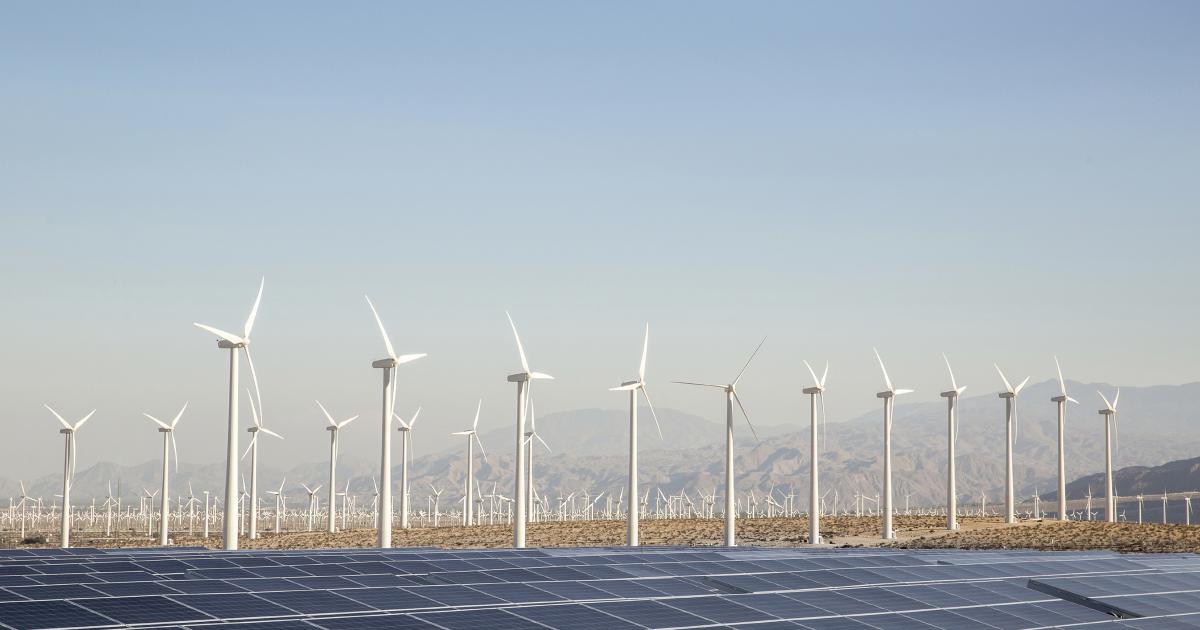Innovations in Wind and Earthquake Systems for Renewable Projects
As the demand for renewable energy projects grows, so does the need for advanced engineering solutions to enhance their resilience against natural calamities, such as windstorms and earthquakes. These innovations ensure that renewable energy systems can withstand extreme conditions while maintaining operational efficiency.
1. Advanced Structural Design
Engineers are developing innovative structural designs for wind turbines and solar installations that improve their resistance to high winds and seismic activity. For example, utilizing aerodynamic shapes and lightweight materials can minimize wind load on turbines, while base isolation techniques can enhance the stability of solar arrays in earthquake-prone areas.
2. Dynamic Monitoring Systems
The integration of real-time monitoring systems allows for the continuous assessment of structural integrity. These systems can detect stress and movement in renewable energy structures, enabling timely interventions and maintenance. Advanced sensors provide critical data that helps in adjusting operations during adverse weather conditions.
3. Modular and Flexible Designs
Modular designs allow for quick assembly and disassembly of renewable energy components. This flexibility is crucial in areas prone to earthquakes, where rapid response is necessary. Modular systems can also be designed to absorb shock, ensuring that critical infrastructure remains intact during seismic events.
4. Hybrid Energy Systems
Innovations in hybrid systems that combine renewable sources—such as wind and solar—with energy storage solutions enhance resilience. These systems can provide continuous power even during natural disasters, ensuring that energy supply remains stable and reliable.
5. Community-Centric Approaches
Engaging local communities in the design and implementation of renewable energy projects can lead to solutions tailored to specific regional risks. By incorporating traditional knowledge and practices, engineers can enhance the resilience of systems against local natural calamities.
Conclusion
Innovations in wind and earthquake resilience systems are vital for the future of renewable energy projects. By leveraging advanced engineering solutions, these projects can better withstand natural calamities, ensuring reliability and safety. As the industry evolves, ongoing research and collaboration will continue to enhance the resilience of renewable energy systems, paving the way for a more sustainable and secure energy future.

